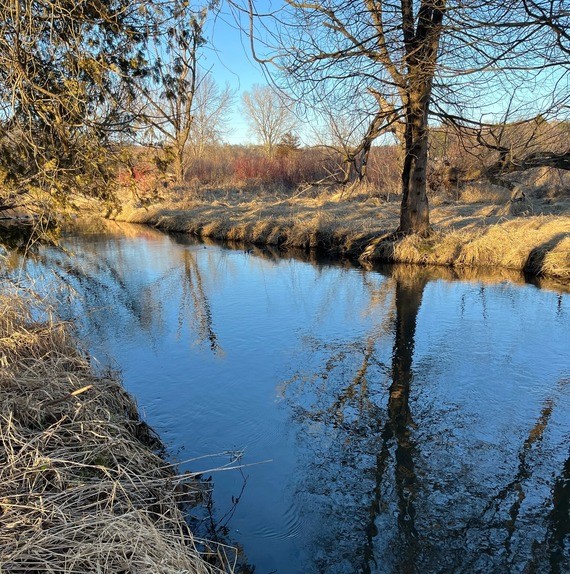| Watercraft Inspector/Conservation Intern
Calumet County is seeking an intern (up to 350 hours) to assist with watercraft
inspections for the containment, prevention, and education of Aquatic Invasive Species (AIS) for the 2025 summer season. This position will also provide an educational work experience for a student majoring in Water Resources, Natural Resources, Soils, Agricultural Courses or related fields with the
Calumet County Land and Water Conservation Department (LWCD) by assisting with conservation projects throughout the County. The position will report directly to the Water Resource Specialist.
Responsibilities: The primary responsibility of the position is to complete a minimum 200 hours of watercraft inspections by performing the following:
· Conduct watercraft inspections on incoming/outgoing watercraft at designated harbors.
· Conduct on-site interviews with boaters/anglers to increase awareness of AIS including regulations, laws, and prevention steps with boaters, anglers and the general public at boat landings along Lake Winnebago.
· Train and educate watercraft owners and operators to conduct self-inspections of watercraft upon entering or leaving any launch. Educate shore anglers about AIS and containment.
· Complete necessary Clean Boats Clean Waters training, collect and record data, and report data in an online database.
· Coordinate weekly schedule with Water Resource Specialist.
· Watch for and record new species.
This position will also work with LWCD Specialists to support a range of tasks that may include (maximum 100 hours):
· Assist with field inspections for conservation compliance with state and local programs.
· Collect water samples for surface and groundwater quality monitoring programs.
· Assist with basic conservation engineering, surveying, conservation planning work.
· Assist with field events.
Required Qualification:
· High school graduate.
· Ability to work outdoors in variable weather conditions.
· Organized, self‐motivated, ability to multi‐task, and work independently.
· Enthusiastic, friendly and excellent verbal communication skills.
· Must possess a valid State of Wisconsin Driver’s License, access to reliable transportation and a cell phone.
Preferred Qualifications:
· Some knowledge of aquatic ecology, the impacts that aquatic invasive species can have on lakes, streams and wetlands, and ways to reduce the spread of AIS.
· Education or extensive work history in biology, ecology, or natural resources.
Hours/Pay:
Up to 350 through September 2025 and pays $16.00 per hour.
A flexible schedule (25-37.5 hrs.week) based on ability to match peak use of the public boat landings which includes most weekends, holidays, some evenings, and boating events. Must be able to work holidays including Memorial Day and July 4th.
Apply with the required online application form found at www.calumetcounty.org. Applications will be accepted until the position is filled. |
